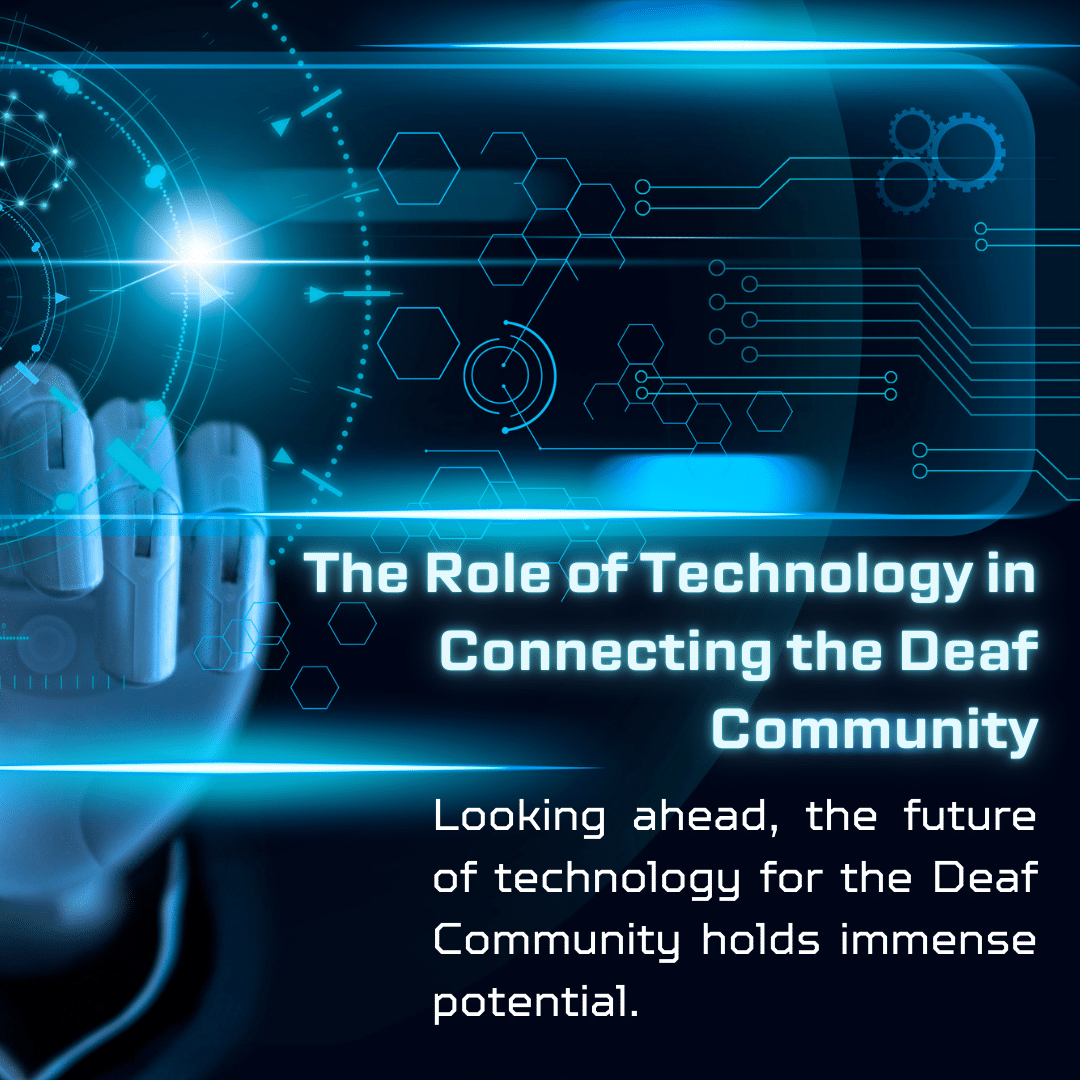
Sign Languages of the World – ASL is NOT Universal
American Sign Language is NOT a universal language. This is a very common myth that needs to be debunked.
Just like the thousands of different languages of the world–there are several different signed languages.

We think this fact makes things more exciting because we absolutely love American Sign Language. We love learning it, we love teaching it–it’s just a beautiful language.
Because of our love for ASL, we are completely fascinated with learning the signed languages from different countries. They are all so different!
In ASL, we sign the alphabet with one hand. It is so much fun learning the two-handed alphabet in British Sign Language.
If you are just as excited as we are, feel free to explore some sign languages of the world below:
Sign Languages Of Other Countries
If you just want to learn the alphabets from different countries, visit our Sign Language Alphabet page.
Non-Verbal Communication
Sign language is only one way to communicate without using spoken language. There are several other ways to communicate around the world without using spoken language.
Here is a great website that describes all the different types of nonverbal communication. If you are really interested in learning how to communicate around the world, learning how to communicate nonverbally can help improve your communication skills as a whole.
Start signing internationally and have fun!

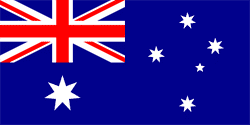
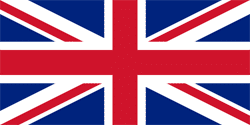

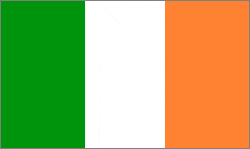

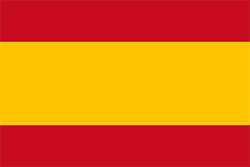
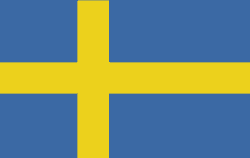

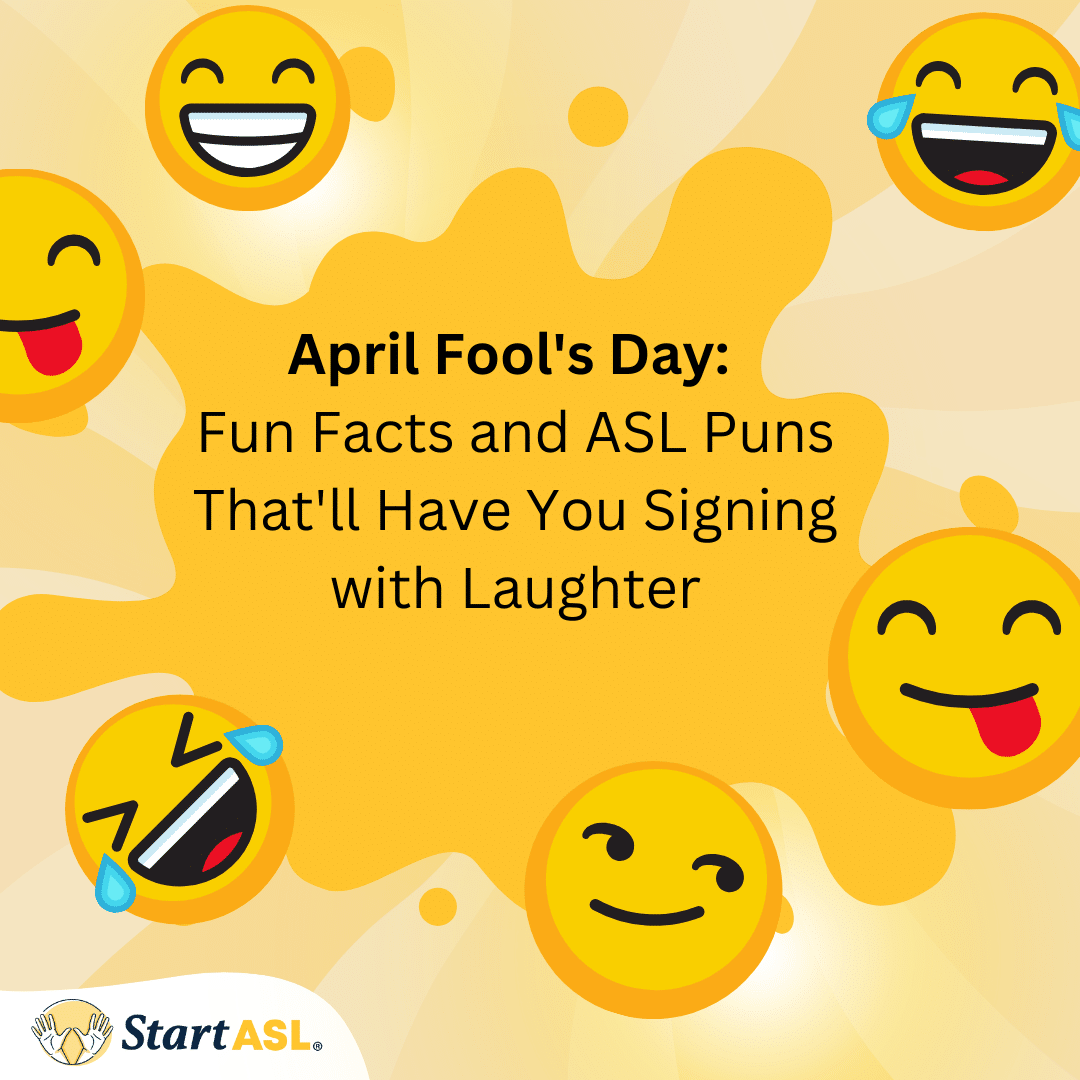
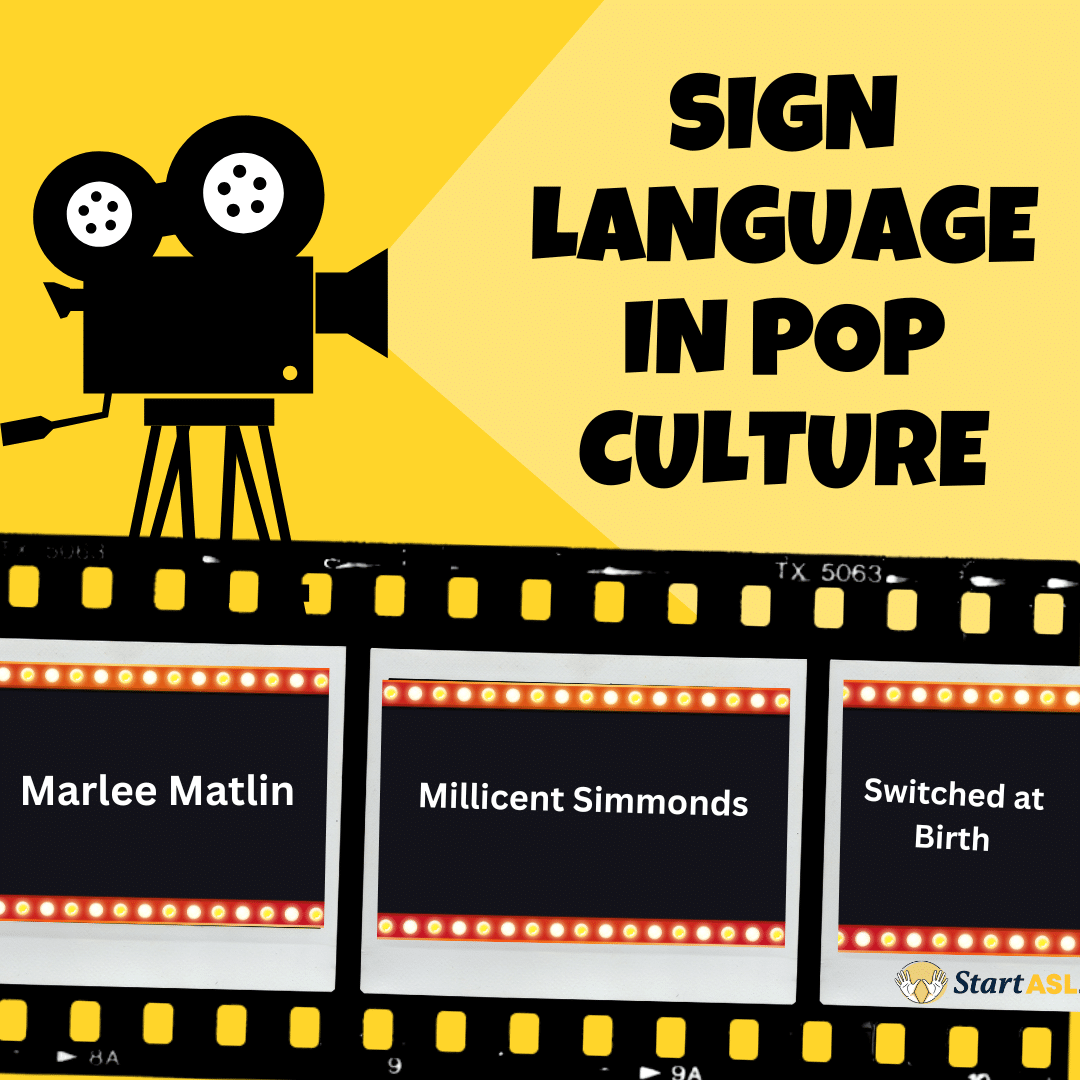
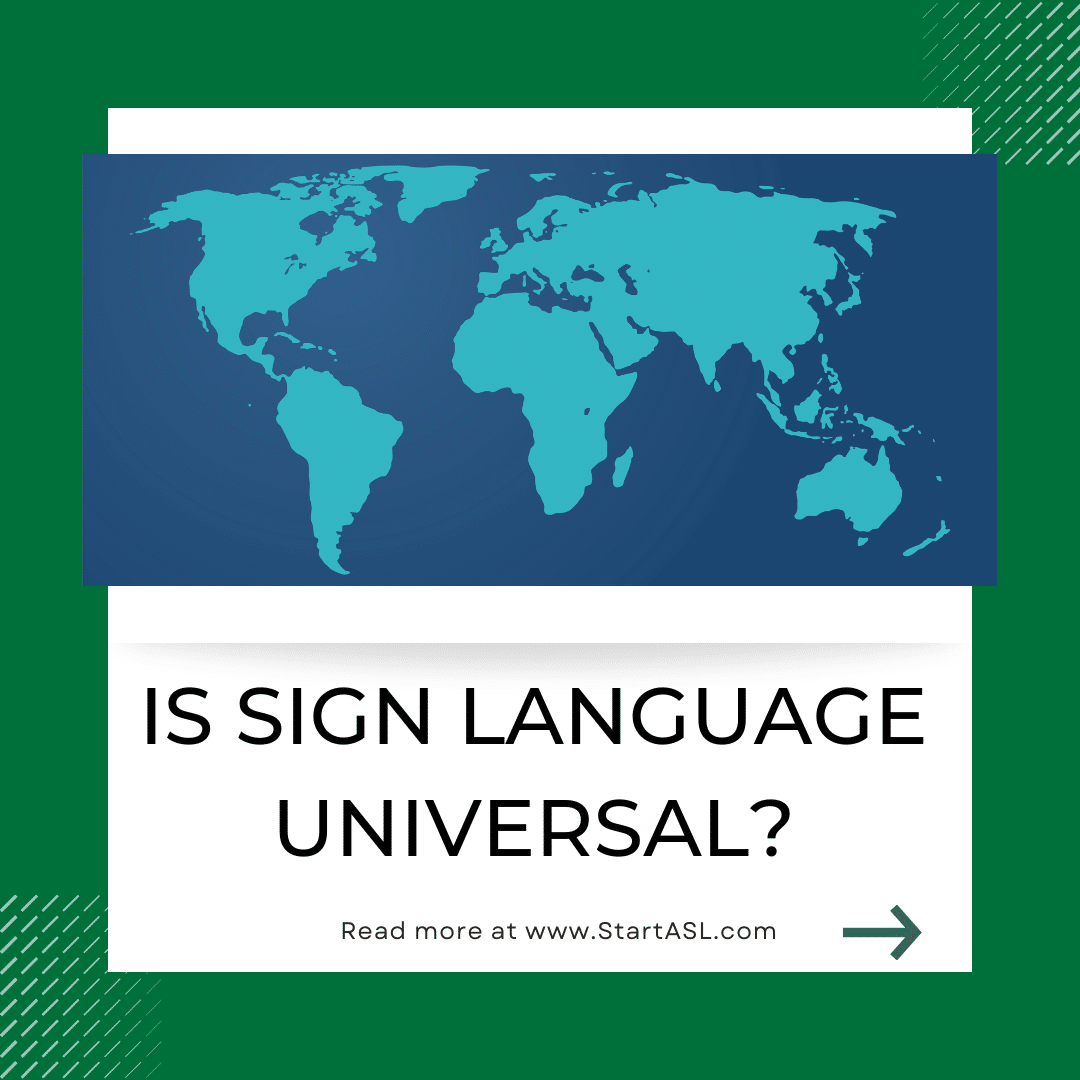

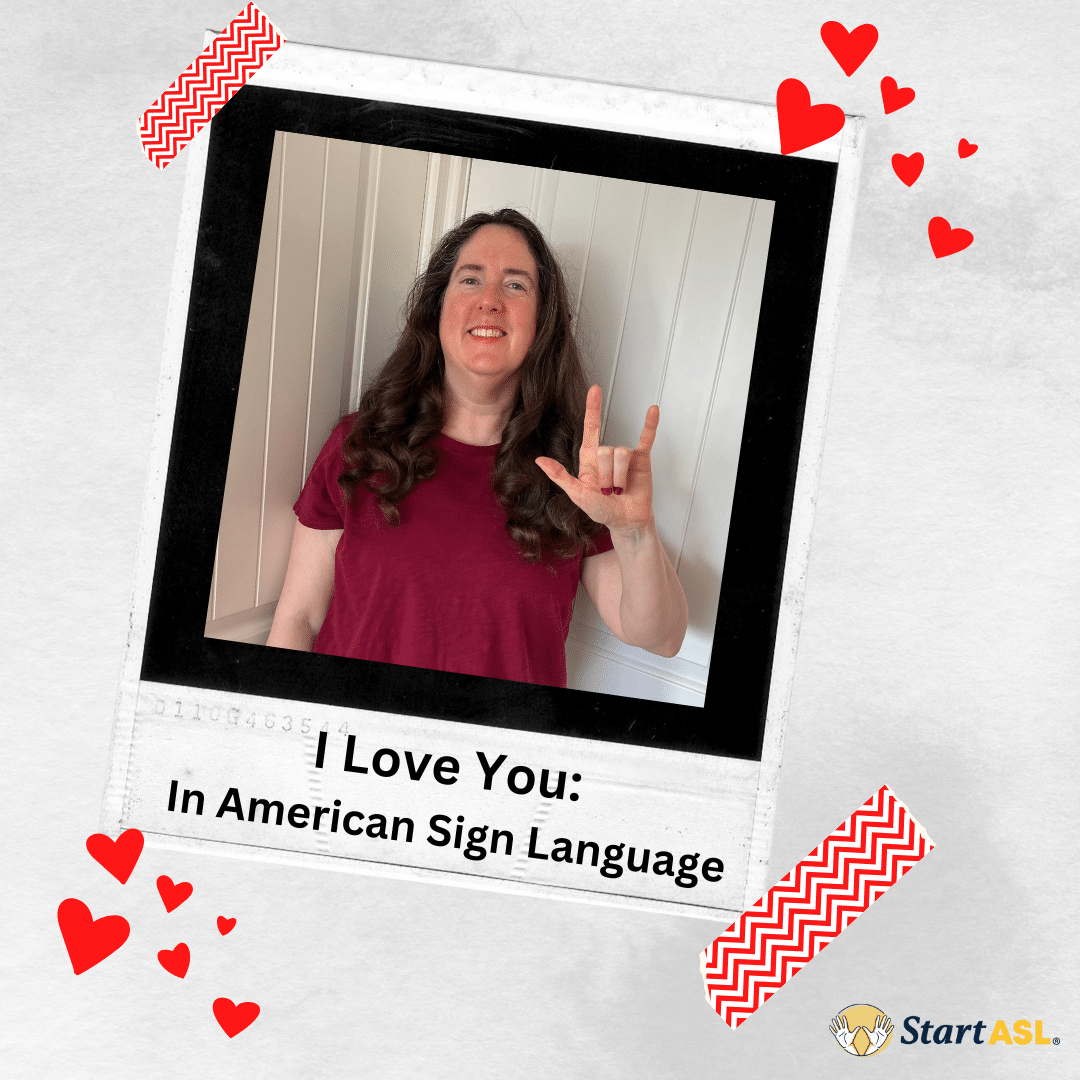




14 Responses
Hello dear team, I need you English to ASL.. if have intentional sign language it’s perfect. can you make videos and send me youtube link? How much does it cost If yes will send you message :)
Who wrote this and when was it published? I need it for a paper i’m writing. I would really appreciate the information.
Michelle Jay, 2008
Is ASL most used as a sign language?, I want to learn the one in my country but there is not many info about it, so I am lesrning ASL.
I am currently learning Danish because I am going to be studying in Svalbard soon for Arctic Geophysics and I will be attending a danish-speaking university that has a deaf community of students. Do you think it would benefit me to learn Danish Sign Language while I am learning Danish? I just wonder if it would strengthen my language skills and understanding of the relationship of Danish to its’ sign language. Just wanted to ask your opinion!
If any of you have watched the show Switched at Birth what kind of sign language do they use?
They use American Sign Language. :)
Interesting. After I started learning ASL, I noticed that they used English word order regardless of what ASL would use in the situation. Because of this I thought they were using contact/pidgin sign, not ASL. Did I just happen upon odd conversations?
It depends on the character. If the actor is signing and speaking at the same time, this is most likely pidgin (PSE), which is why SIMCOM (simultaneous communication) is normally frowned upon the Deaf community. The actors’ signing abilities seem to improve in the later seasons of the show. I did notice that Sean Berdy tends to sign more PSE sometimes. But, the goal of the actors is definitely ASL, not any other language.
I am Canadian, but I am learning ASL. Does Canada have there own sign language, or do they use ASL?
English speaking parts of Canada use ASL. I’m not sure about Quebec or other non-English speaking places, but I would guess they have their own sign language.
Quebec and francophone areas of Canada use Quebec Sign Language (Langue des signes quebecoise or Langue des signes du Quebec – LSQ). LSQ is a result of a mixture of French Sign Language (LSF) and ASL. Signed French and Pidgin LSQ French (mixture of LSQ & French) are also spoken. In Ontario, LSQ is recognized as an official language in education, legislation and judicial activities. It’s not recognized as a language on a federal level.
Most english speaking parts of Canada will use ASL.
I believe that the “American” in ASL refers to either Anglo-America or North America not United States of America. Anglo-America (vs. Latin America) is the area(s) of North America that have been impacted by the British Empire ethnically, culturally and linguistically (i.e., English is the predominant language).
ASL has regional dialects (variations) in Canada just like the USA. There is high mutual intelligibility among these dialects.